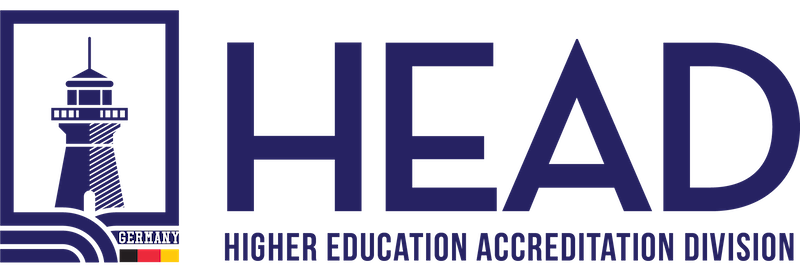Nurturing Excellence: Top Management’s Role in Upholding the Educational Organization Management System (EOMS)

Introduction
In today’s rapidly evolving educational landscape, effective management of educational organizations is paramount to ensure quality education, student success, and institutional growth. The Education Organization Management System (EOMS) plays a vital role in shaping educational institutions’ functioning, and its successful implementation relies heavily on the leadership and commitment of top management. This article delves into the significance of top management’s role in communicating the importance of effective educational organization management and adhering to EOMS requirements.
Benefits of Conforming to EOMS Requirements
The Education Organization Management System provides a structured framework that enables educational institutions to manage their processes systematically, enhance accountability, and improve performance. Conforming to EOMS requirements brings a multitude of benefits:
- Quality Enhancement: EOMS emphasizes continuous improvement, enabling institutions to identify areas of weakness and take proactive measures to enhance quality in education delivery.
- Stakeholder Confidence: Complying with EOMS requirements showcases an institution’s commitment to quality education, fostering trust among stakeholders including students, parents, faculty, and regulatory bodies.
- Efficient Resource Utilization: EOMS encourages optimal use of resources, ensuring that educational institutions achieve more with their available means.
- Data-Driven Decision-Making: By adhering to EOMS requirements, institutions gather and analyze data related to various aspects of education management, empowering informed decision-making processes.
Communicating the Message
Top management must take proactive steps to communicate the importance of EOMS and its requirements. Here’s how they can effectively convey the message:
- Clear Communication: Top management should articulate the institution’s commitment to EOMS through clear and consistent communication channels, such as newsletters, meetings, and official statements.
- Leading by Example: When top management visibly adheres to EOMS requirements, it sets a powerful example for others to follow. This commitment trickles down and becomes ingrained in the institution’s culture.
- Inclusive Approach: Engaging faculty, staff, and students in discussions about EOMS fosters a sense of ownership and collaboration, promoting smoother implementation.
- Training and Workshops: Arrange training sessions and workshops that educate stakeholders about the benefits of EOMS and provide guidance on its effective utilization.
- Recognition and Rewards: Acknowledge and reward individuals and departments that exhibit exemplary adherence to EOMS requirements. This not only boosts morale but also reinforces the importance of compliance.
Conclusion
Educational organizations are dynamic entities that require strategic management to thrive. The Education Organization Management System offers a comprehensive framework that, when embraced by top management, can lead to remarkable advancements in educational quality and institutional effectiveness. By demonstrating leadership, emphasizing the importance of effective management, and conveying the value of conforming to EOMS requirements, top management plays a pivotal role in shaping educational institutions that are equipped to meet the challenges of the future while providing a high standard of education.
Would you like to speak to one of our Higher Education Accreditation Expert? Just submit your details and we’ll be in touch shortly. You can also email us if you would prefer.

